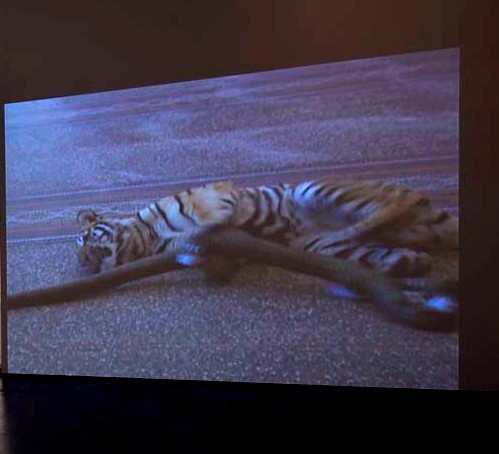
At Bass, Appropriation Pays Off
Venturing up the ramp to the second floor of the Bass Museum, one encounter’s The Endless Renaissance, which is on display until October 4th. Curated by guest curator Steven Holmes, the exhibit draws parallels between contemporary art and not only art from the Renaissance, but from Baroque, Romantic and Gothic Periods as well.
Peter Friedl (b. 1960, Austria) has the video Tiger Oder Löwe (2000) on display, featuring a young tiger abusing a stuffed toy snake. It draws its inspiration from a Eugene Delacroix painting Tiger & Snake (1858). It is definitely endearing in of itself, but what was more endearing was a comment from a passing observer who proclaimed “this is what we need in the Everglades to control the python population”. As one can see below, alligators alone do not suffice.
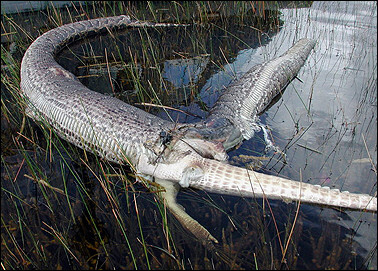
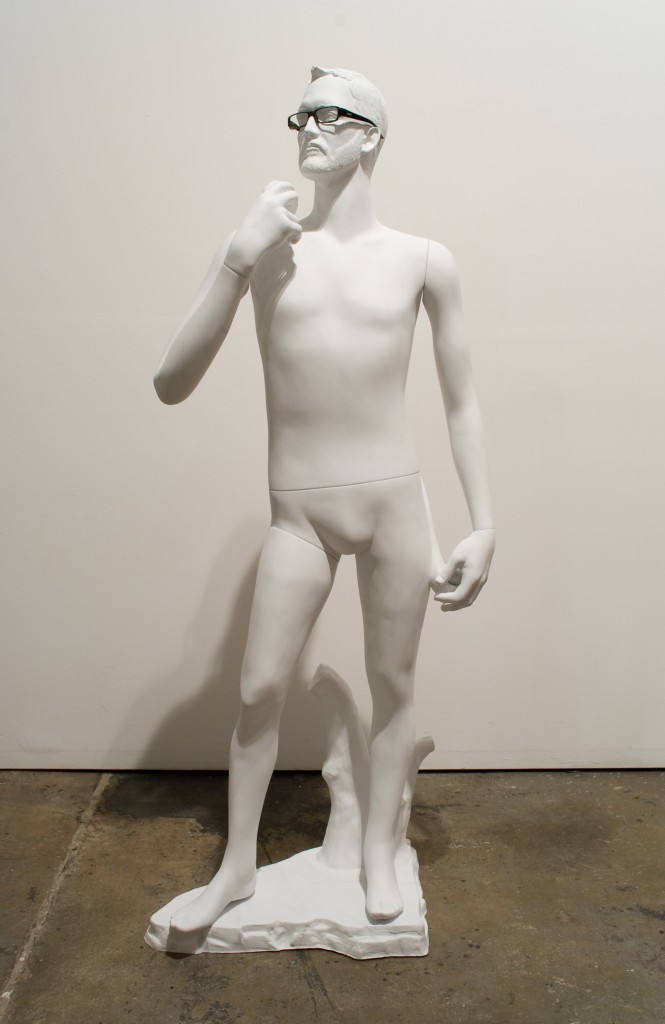
In my humble opinion, I do not find artist Bert Rodriguez amusing as he does his own version of Michelangelo’s David with Self-Portrait (Sinister David) (2007). It seems to be highly egocentric and annoying, just as much as him starting a foundation to benefit himself, or having companies pay him and Snitzer gallery to display their banners (and just their banners) in the 2007 exhibit Advertising Works!. With this sculpture he attempts “to invoke the fame and celebrity of the artist as a model”. However I feel that there are many important themes to pick from that aren’t so self serving and shallow. Art for the artist’s sake needs to be put to an end. But this is again just my humble opinion and I know that plenty of others think he is a genius.
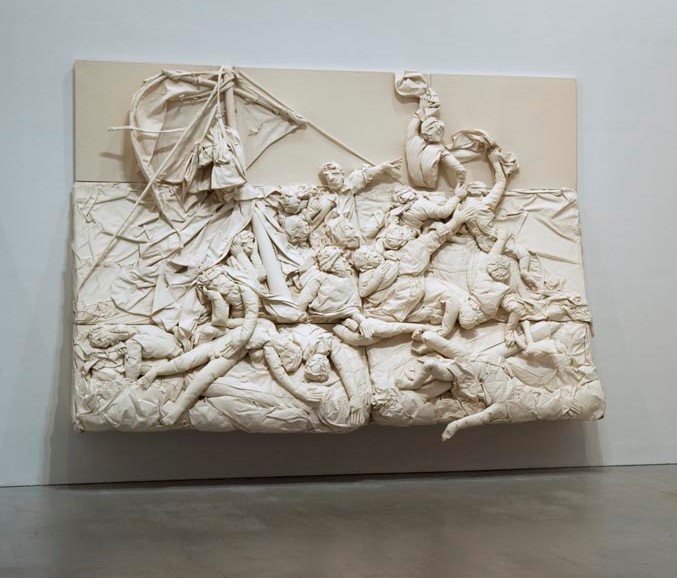
Sharron Quasius’s Géricault’s Raft of the Medusa (1980), interpreting the famous French painting of the Romantic period made up for the lack of amusement engendered by the previous work I described. Being made into a sculptural bas relief out of canvas sewn together and stuffed, it gives the serious theme of suffering a comedic and playful element. However, it likely wouldn’t be as amusing for someone who doesn’t appreciate the original painting it takes after.
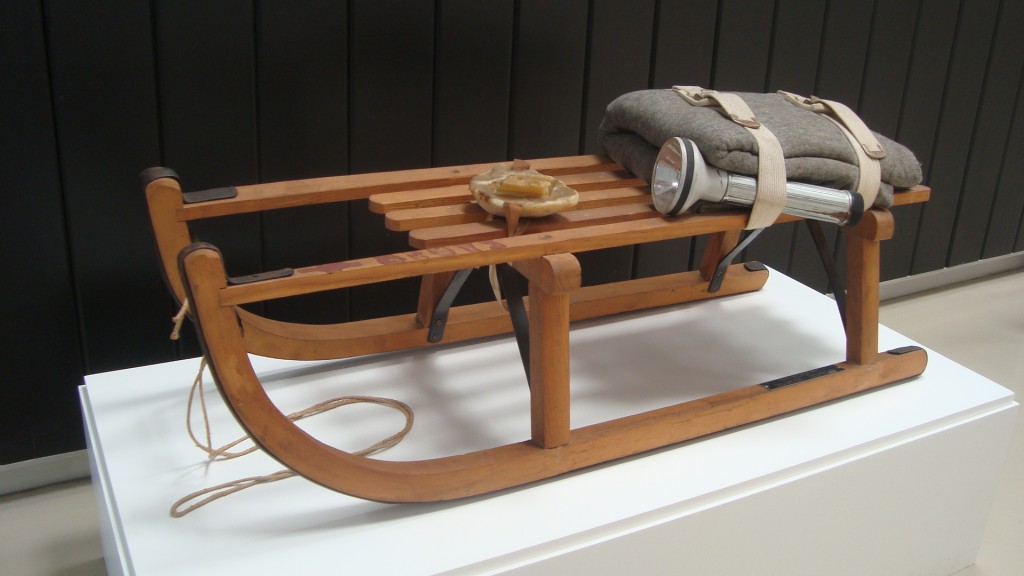
Joseph Beuys’s Schlitten (Sled) from 1969 seems out of place, as it seems to not reference anything other than itself and the story behind it. Though on the museum’s label it is described as if it were fact, many have claimed the story of Beuys crashing in the Crimean tundra during WWII and being saved by the Tartars to be a lie, or at least a casual embellishment for the sake of giving an edge to his biography. However, his art needs the story, if not, the use of felt and fat in his work wouldn’t have a context and be deemed irrelevant.
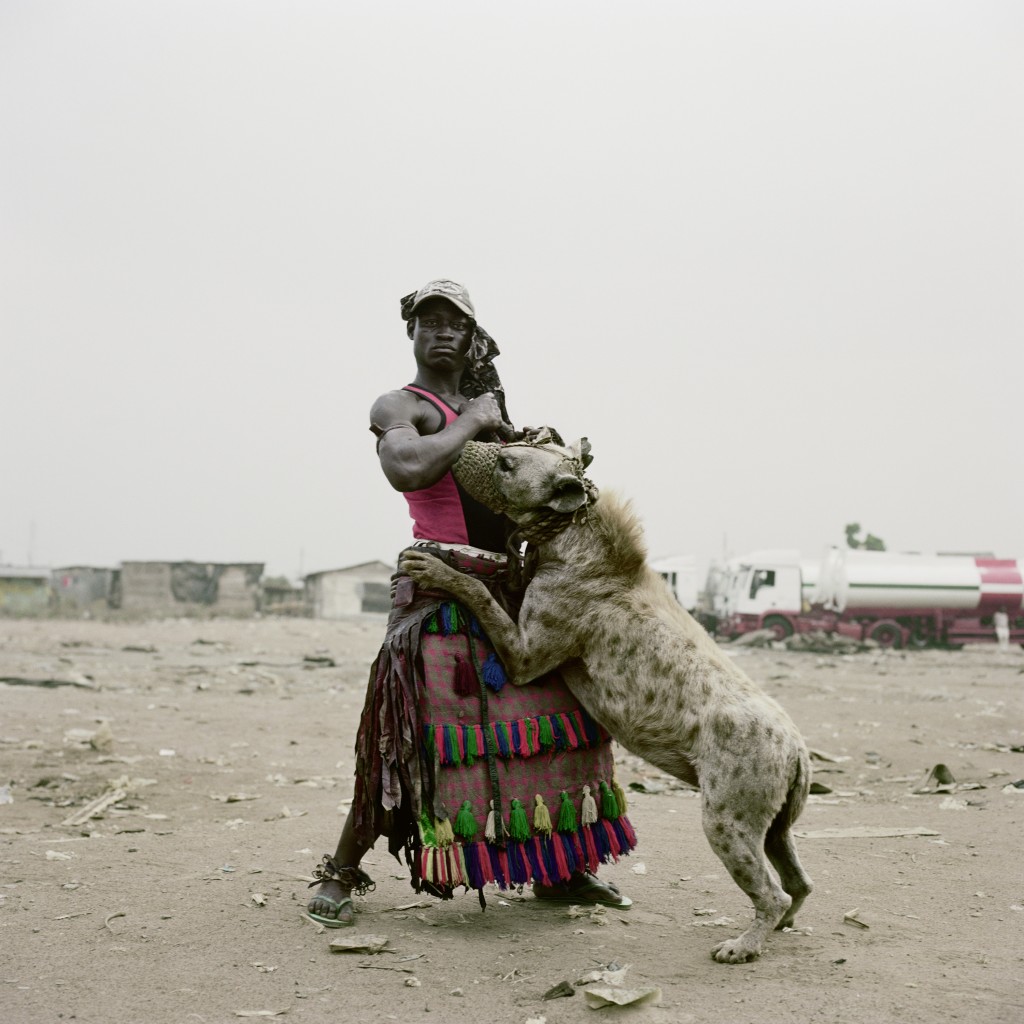
To conclude, South African artist Pieter Hugo’s photo series The Hyena and Other Men is highly effective in conveying the same “Baroque Swagger” as portraits from the high renaissance or baroque periods of men of high status with their hunting dogs. However, Hugo’s series depicts Nigerian men posing with wild baboons and hyenas, or what I consider pitbulls on steroids. They have them with muzzles and on leashes. It never was explained to me why they do this to the baboons and hyenas there, but it definitely gives them a sense of power with no less of an impact than past European portraits of distinguished men of the church and state.
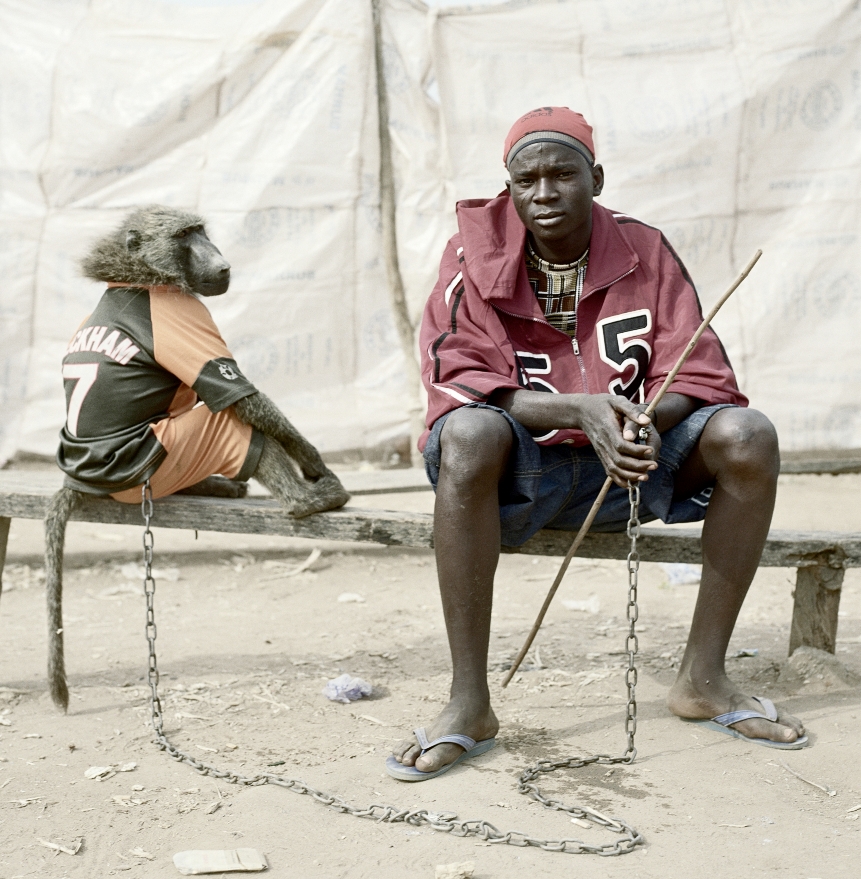
Overall I was impressed by the varying ways that these contemporary artists infused themes of the past with their personal direction. Appropriation can be highly powerful when used correctly as is learning to emanate what has already been done with success and building upon it. Again, the endless renaissance will be on display until the 4th of October.
Bass Museum of Art 2121 Park Avenue Miami Beach, FL 33139 T 305.673.7530 F 305.674.5475